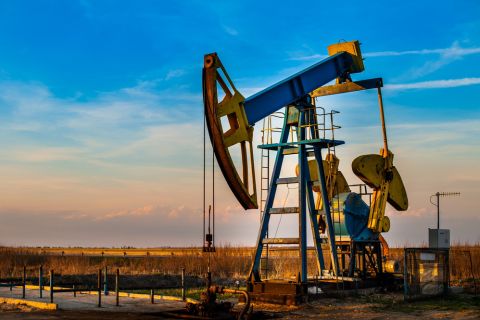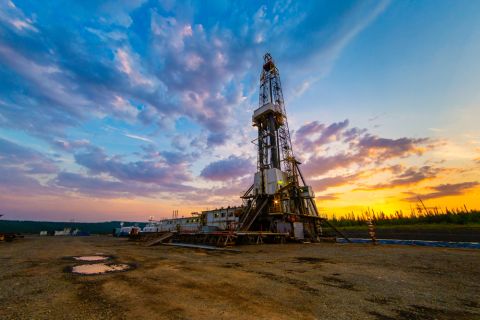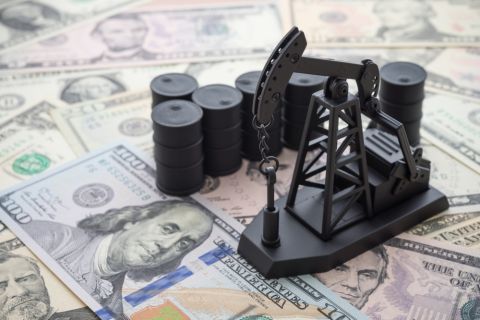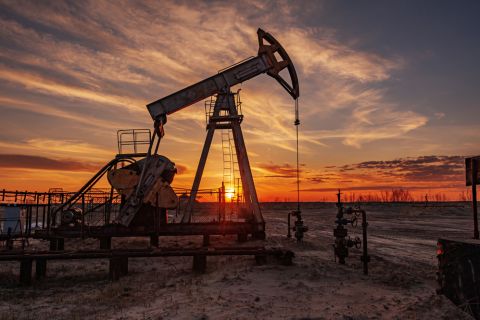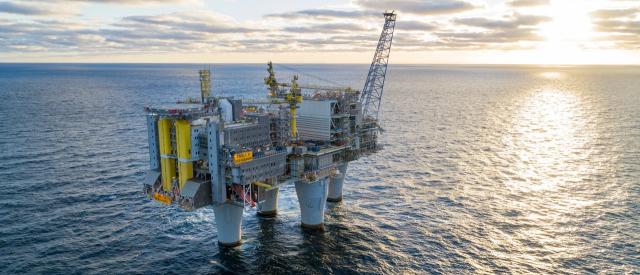
Troll A with new Troll phase 3 module (Source: Øyvind Gravås and Even Kleppa, Equinor)
Norway began to pump natural gas from the third stage of its offshore Troll field on Aug. 27—a project that will extend the deposit's producing lifetime beyond 2050, operator Equinor announced on Aug. 30. Deemed as "one of the most profitable projects' by Equinor, recoverable volumes from Troll phase 3 are estimated at 347 Bcm of gas or 2.2 billion barrels of oil equivalent.
The Troll phase 3 project consists of eight wells in two templates, a new pipeline and umbilical connecting the templates to Troll A as well as a new gas processing module on the platform. The project has a break-even price below $10 and CO2 emissions of less than 0.1 kg per Boe, the company said.
Norway is western Europe's biggest producer of oil and natural gas, covering around 22% of the European Union's annual consumption. Troll is its largest gas field, supplying around 8% of European Union needs, according to Equinor. The Troll field's initial gas output came on stream in 1995, followed soon after by a parallel oil-production stage.
Annual revenue for the Norwegian government from the latest development is expected to average more than 17 billion Norwegian crowns, Equinor said.
“Troll phase 3 is one of the most profitable projects throughout Equinor’s entire history, while at the same time featuring production with record-low CO2 emissions," Arne Sigve Nylund, executive vice president of Projects, Drilling and Procurement, said in a press release. "This is thanks to large gas reserves and a development solution mostly based on existing infrastructure, such as pipelines, the processing plant at Kollsnes and, not least, the Troll A platform which receives power from shore."
The project had been due for start up in the second quarter of 2021, but Equinor said it has been hit by delays from pandemic-related labor shortages and infection control measures.
Equinor holds a 30.58% stake in the field, state energy firm Petoro 56%, Royal Dutch Shell 8.10%, TotalEnergies 3.69% and ConocoPhillips 1.62%.
Recommended Reading
What's Affecting Oil Prices This Week? (Feb. 5, 2024)
2024-02-05 - Stratas Advisors says the U.S.’ response (so far) to the recent attack on U.S. troops has been measured without direct confrontation of Iran, which reduces the possibility of oil flows being disrupted.
Tinker Associates CEO on Why US Won’t Lead on Oil, Gas
2024-02-13 - The U.S. will not lead crude oil and natural gas production as the shale curve flattens, Tinker Energy Associates CEO Scott Tinker told Hart Energy on the sidelines of NAPE in Houston.
What's Affecting Oil Prices This Week? (March 18, 2024)
2024-03-18 - On average, Stratas Advisors predicts that supply will be at a deficit of 840,000 bbl/d during 2024.
What's Affecting Oil Prices This Week? (March 11, 2024)
2024-03-11 - Stratas Advisors expects oil prices to move higher in the middle of the year, but for the upcoming week, there is no impetus for prices to raise.
Baltimore Port Closure Could Dent US Coal Export Volumes, EIA Says
2024-03-28 - Baltimore handled exports of 28 million short tons last year, making up 28% of total U.S. coal exports.

